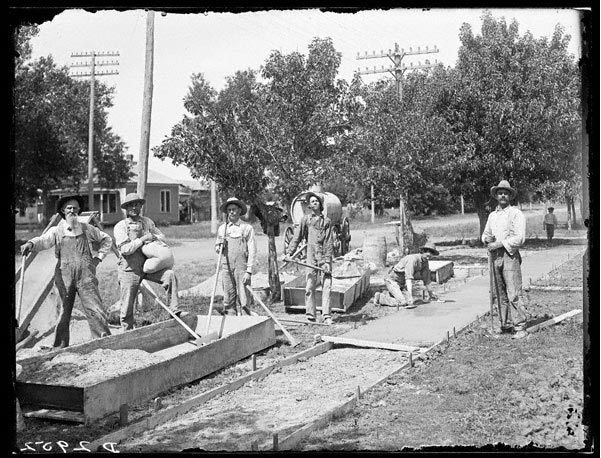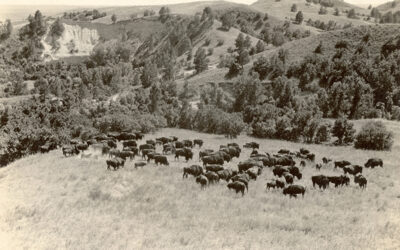 Job hunters in Omaha during the booming 1880s had an easier time than those seeking work today. A reporter for the Omaha Daily Bee in the fall of 1888 “made the rounds of the city and saw scores of the advertisers for help in the want columns of the daily press, and the unanimous verdict of the daily press, and the unanimous verdict of all is . . . there is employment for all who honestly want it.”
Job hunters in Omaha during the booming 1880s had an easier time than those seeking work today. A reporter for the Omaha Daily Bee in the fall of 1888 “made the rounds of the city and saw scores of the advertisers for help in the want columns of the daily press, and the unanimous verdict of the daily press, and the unanimous verdict of all is . . . there is employment for all who honestly want it.”
Tradesmen and manual workers were in particularly short supply. “There is no surplus, even of common day laborers in the city,” noted the Bee on October 14, 1888, “simply from the fact that there is such an enormous quantity of improvement in progress that all can find work. The blackboards of all the employment agencies in the city are unceasingly covered with their calls for teamsters. The former are paid anywhere from $1.75 to $2.50 and even as high as $3 per day for particular work, while a teamster can procure steady employment at $25 a month and found [room and board].
“A good mechanic can always find plenty to keep his hands full, and there is no good reason why the majority of them should not be well off in this world’s goods, and many of them are. There are innumerable contracts being let even as late as this, and hundreds of foundations being put in. There is plenty of work for bricklayers right now and will be for three months to come. And then a good bricklayer commands 55 cents an hour, and they ought surely be able to eke out a pretty fair sustenance upon such wages. Carpenters too, are in precisely the same boat, there is plenty of work for them at 30 cents an hour.
“Brick masons’ tenders are well paid, receiving from $2 to $2.50 a day, with plenty of employment. A first class tailor need not remain idle one moment here in the city of Omaha. There is any quantity of work for them at from $25 to $30 a week, while ‘bushelmen’ [tailors’ assistants] can earn from $15 to $18. Good tinners, too, are in demand, at $2.75 and $3 a day. . . . Good cobblers make from $10 to $14 a week.”
The Bee noted that female job hunters seemed to be more numerous than their male counterparts: “There seems to be more young women anxious for positions, clerkships, bookkeepers, assistants, typewriters, stenographers, and so on and so forth, than there does men, in fact at a ratio of ten to one. . . Today there is in the city of Omaha thousands of young women and girls, willing, eager to take an active part in the toil of the great hive of life, some from necessity, others from a desire for occupation, and a laudable ambition to do for themselves.”



